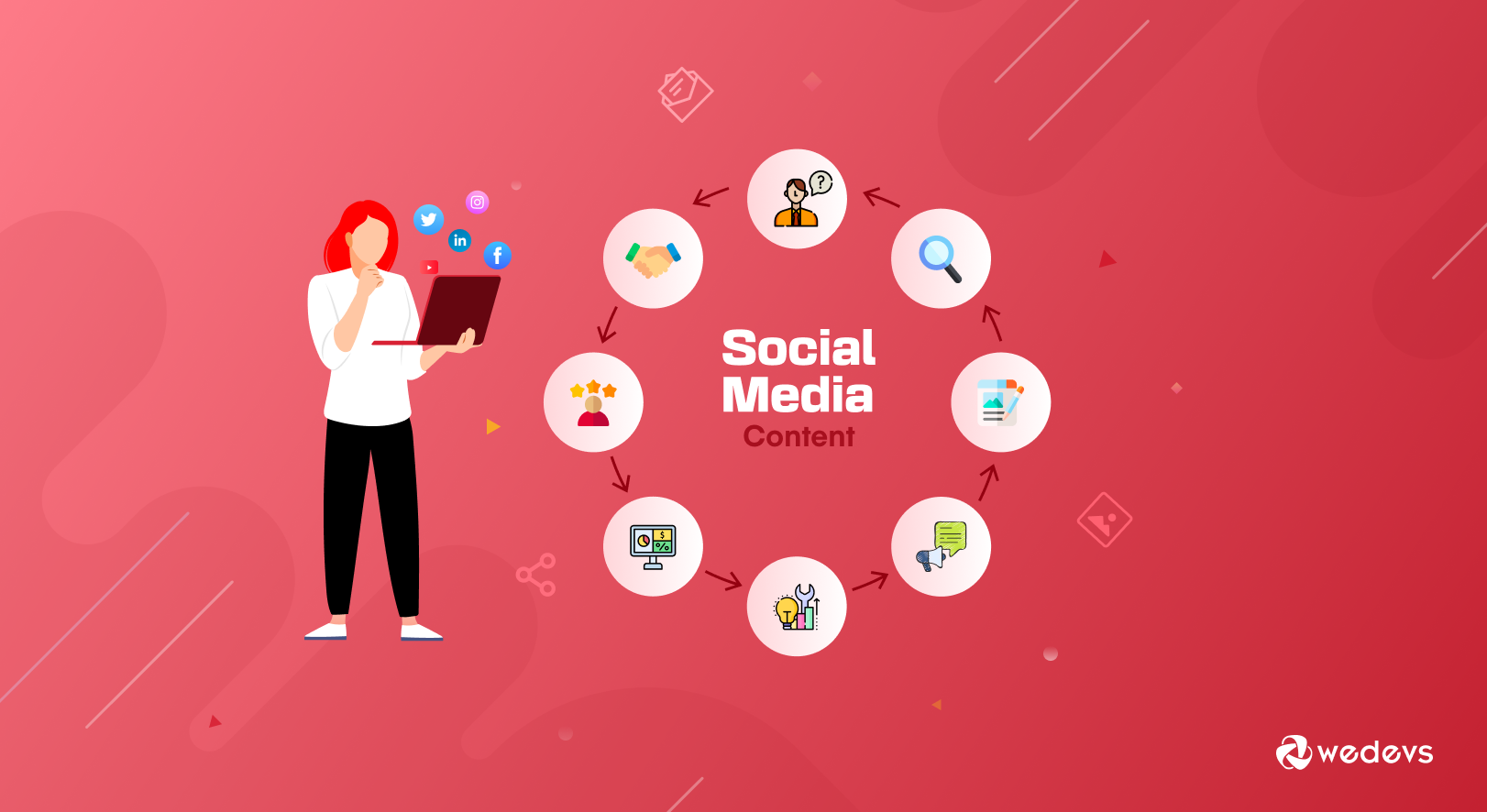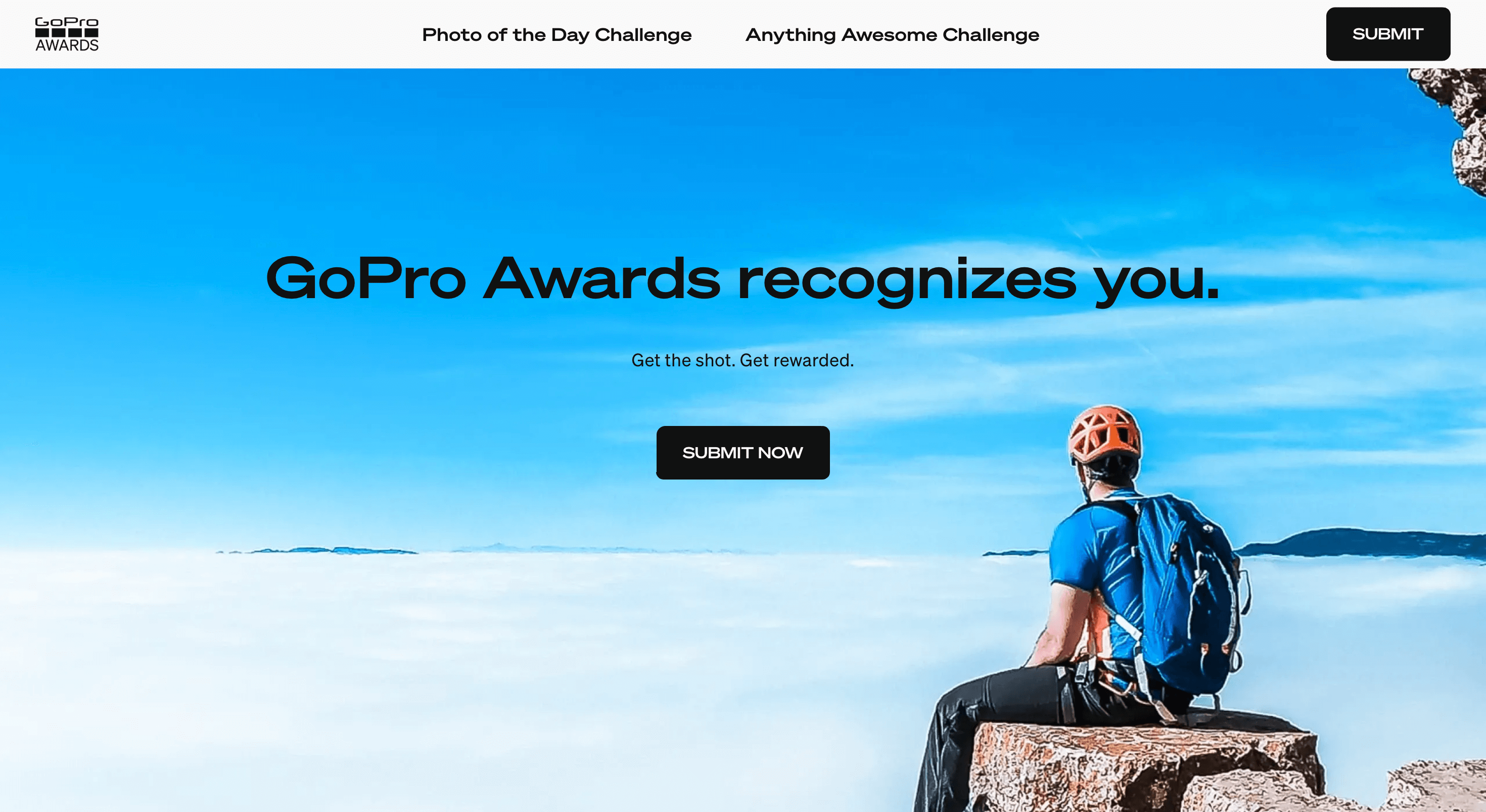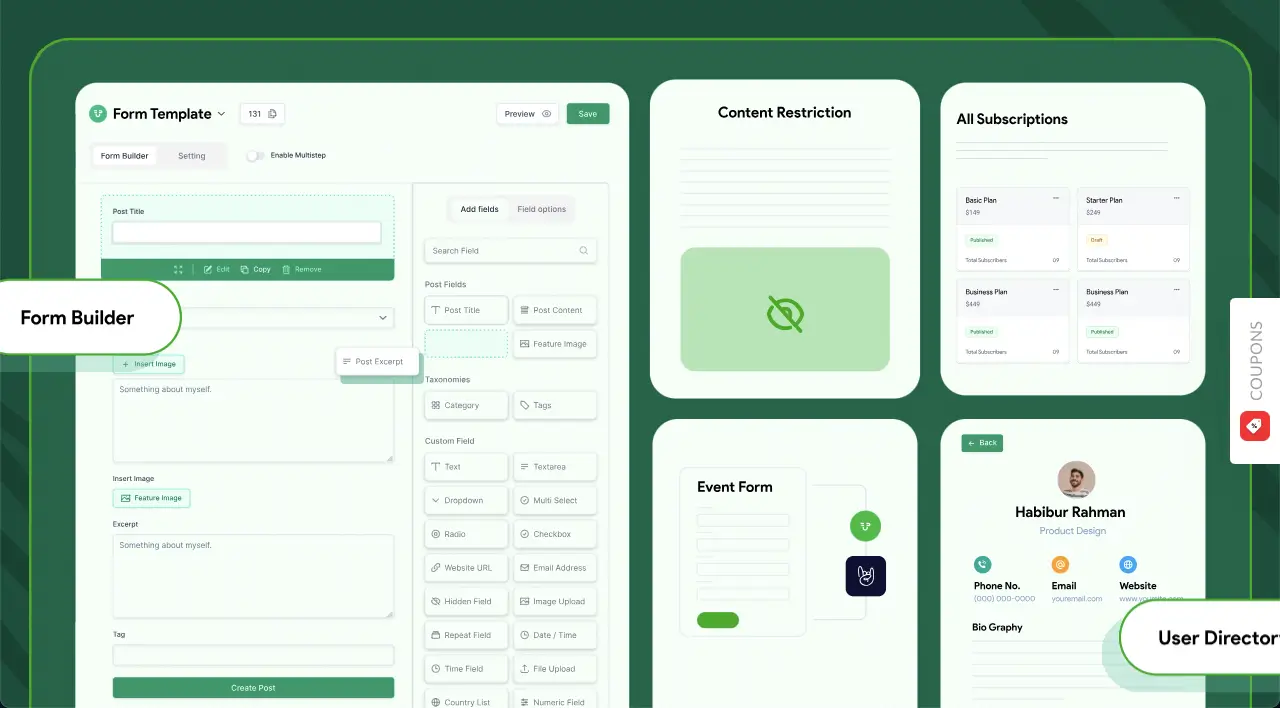
The Secret Weapon for eCommerce Growth: User Generated Content
Standing out in eCommerce has never been harder. Chances are, the products you sell aren’t unique to you. Other online stores offer the same items. Distribution channels? Shared. Promotions? Rarely exclusive.
So how do you position your business in front of your target customers when your competitors look exactly like you? The answer: you don’t outspend them – you let your customers do the talking.
Imagine this: Sarah owns a small online shop selling eco-friendly kitchenware. She struggles to differentiate herself from dozens of competitors selling the same bamboo utensils. Ads aren’t generating enough traffic, and spending more on promotions isn’t feasible.
Then she tries something different: she encourages her buyers to share photos of their kitchens featuring her products. Within a few months, Sarah notices something amazing: user photos flood her social channels, engagement spikes, and sales start to climb.
What Is User Generated Content (UGC)?

UGC is authentic, unpaid content created by your customers, fans, or community. It can take many forms:
- Product reviews and testimonials – short or long, written by your customers
- Star ratings and feedback – quick visual signals of trust
- Customer photos and unboxing videos – showing products in real-life settings
- Case studies and social media shout-outs – demonstrating real results or experiences
- Discussion threads and Q&A posts – customers helping customers
Platforms like Instagram, TikTok, YouTube, and Facebook are buzzing with UGC every day. The question is – are you using it to grow your business?
Unlike traditional marketing, UGC is genuine. Customers trust fellow buyers more than brands themselves. And in an era of ad fatigue and skeptical shoppers, authenticity sells.
Check Top 5 Examples Of Successful User Generated Content Campaigns Worldwide!
The Power of Authenticity: Why UGC Matters for e-Commerce
In today's crowded digital marketplace, authenticity sets brands apart. Consumers, wary of traditional advertising, increasingly rely on genuine, peer-driven recommendations. User-generated content (UGC), such as reviews, photos, videos, and social media posts created by real customers, serves as powerful social proof, significantly influencing purchasing decisions and fostering trust.
Key Statistics on the Impact of UGC
Trust and Authenticity: A 2012 Nielsen study, widely reaffirmed through 2025, found that 92% of consumers trust recommendations from peers (a form of UGC) over traditional ads.
79% of consumers say UGC strongly influences their purchasing decisions, perceiving it as 2.4 times more authentic than brand-created content, according to Stackla's 2019 report.
Conversion Rates: Brands incorporating UGC into campaigns achieve a 29% higher web conversion rate compared to those without, per Yotpo and inBeat Agency research.
When consumers actively engage with UGC (e.g., reading reviews or viewing photos), conversion rates can increase by up to 102.4%, as shown in PowerReviews' 2023 Conversion Impact Report analyzing 1.5M+ product pages.

Engagement and ROI: Social media campaigns featuring UGC see a 50% boost in engagement, such as likes and shares, according to Salesforce and EveryoneSocial's 2024 findings.
UGC-based ads also deliver a 4x higher click-through rate and a 50% lower cost-per-click compared to traditional ads, per Adweek and Bazaarvoice, making UGC a cost-effective marketing tool.
Influence on Specific Generations: UGC strongly resonates with younger generations. Millennials and Gen Z are 70-78% more likely to discover products through UGC videos, per inBeat's 2025 data.
84% of millennials report that UGC, including on company websites and social platforms, influences their buying decisions to some degree, according to Bazaarvoice.
These numbers highlight a simple truth: if your business isn’t leveraging UGC, you’re leaving money on the table.
Types of UGC and How They Impact Your Business
“Not all user-generated content is created equal. Different types of UGC serve different purposes from building trust with reviews to sparking engagement through photos and videos. Let’s break down the key types and see how each can supercharge your eCommerce business.”
UGC isn’t one-size-fits-all. Each type can serve a different business goal.
1. Reviews & Testimonials
The most common form of UGC, reviews and testimonials, provide social proof. Positive reviews build trust, while mixed reviews show transparency. Both improve credibility.
2. Photos & Videos
Customer photos and videos humanize your products. Seeing a product in a real-life setting makes it more relatable. Video reviews, in particular, are more persuasive than text alone.
3. Social Media Hashtags & Mentions

Encouraging a branded hashtag allows customers to share experiences publicly. Not only does it expand your reach, but it also creates a searchable archive of user content.
4. Tutorials & How-To Content
Users who create instructional content or unboxing videos become advocates. Their content can educate other potential buyers, reducing friction in the purchase decision.
5. Q&A & Discussion Threads
Forums or Q&A sections allow customers to help each other. This builds community, reduces support costs, and creates additional content that search engines index.
Real-World Examples of UGC in Action
“Seeing theory in action always hits harder. Let’s look at some real-world examples of brands that turned customer content into a growth engine from global giants to niche online shops.”
GoPro: A Community-Driven Brand

GoPro’s entire marketing revolves around UGC. Their #GoProAwards campaign encourages users to submit videos captured with GoPro cameras. Every week, thousands of user submissions flood social media, providing GoPro with authentic content and a thriving fan base.
Starbucks: Red Cup Contest
Starbucks’ annual #RedCupContest invites customers to post creative photos of their holiday cups. The result? Massive social engagement, free advertising, and a community that feels connected to the brand.
Airbnb: Trust Through Reviews
Airbnb’s review system is a core component of its business model. Guests and hosts leave honest feedback, helping others make informed choices. Trust built through UGC fuels repeat bookings.
Niche Example: Eco-Friendly Shops
Even small eCommerce stores can leverage UGC. A kitchenware shop asking buyers to share photos of meals prepared using its products can generate hundreds of pieces of shareable content, boosting engagement and conversions.
Benefits of UGC for Your eCommerce Business
UGC isn’t just a nice-to-have; it directly affects your bottom line. From increasing website engagement to cutting marketing costs, here’s how user content can give your eCommerce business a serious boost.
1. Boosts Website Engagement
A reviews section or customer photo gallery makes visitors stick around longer. Contributors often share their content on social media, driving more traffic back to your site.
Pro tip: Make it easy for customers to upload reviews, images, or short stories. The smoother the process, the more content you’ll get.
2. Improves Customer Service

UGC isn’t just about praise. Negative reviews highlight blind spots your team may miss. Respond politely, acknowledge the issue, and show how you’re improving.
Fun fact: 95% of customers suspect censorship if they see only positive reviews. Transparency builds trust more effectively than perfection.
3. Fuels SEO Performance
Search engines love fresh, keyword-rich content. UGC provides exactly that. Customers describe your products in their own words, often with long-tail phrases you wouldn’t have thought of.
Repurpose the best reviews and testimonials into blog posts, landing pages, and even ad copy. This creates free SEO-rich content while keeping your website dynamic.
4. Builds Strong Communities
UGC can spark a loyal fan base around your brand. Think GoPro’s #GoProAwards or Starbucks’ #RedCupContest entire communities formed around sharing experiences.
Involve influencers or micro-ambassadors to kickstart participation. A thriving community promotes your brand organically and sticks with you long-term.
5. Cuts Marketing Costs
Forget expensive ad campaigns. When happy customers promote your products, it’s both authentic and free. UGC gives you social proof, and nothing sells like word of mouth.
How to Launch a UGC Campaign: Step-by-Step

Collecting user content is great, but how do you actually start? Here’s a practical, step-by-step guide to launching a UGC campaign that drives engagement, builds trust, and grows sales.
- Pick your UGC type – reviews, photos, videos, testimonials, or discussion posts.
- Make submission easy – simple forms, branded hashtags, or social media prompts.
- Offer incentives – feature contributors, give discounts, or run contests.
- Moderate smartly – highlight top content, show genuine criticism, maintain transparency.
- Repurpose content – include it in social media posts, product pages, and email campaigns.
Each step ensures your UGC strategy is not just an experiment, but a structured growth engine.
WP User Frontend: The Best WordPress Tool for UGC

Once you understand the power of UGC, the next step is enabling it on your website. WP User Frontend makes it simple. With WP User Frontend, you can:
- Build custom submission forms in minutes
- Allow customers to share reviews, images, or videos directly from the frontend
- Collect testimonials, discussion threads, and case studies
- Moderate content easily without touching the backend
- Integrate with WooCommerce or BuddyPress for advanced UGC scenarios
With over 20,000 users, WP User Frontend is the go-to solution for businesses looking to turn customers into promoters.
How to Overcome Common UGC Challenges
UGC isn’t always smooth sailing. Fake reviews, low participation, or negative feedback can make you hesitate. Here’s how to tackle the most common challenges without losing momentum.
| Challenge | Why It Happens | Solution / How to Overcome |
|---|---|---|
| Fake or Low-Quality Reviews | Some submissions may be inauthentic or poorly written | Moderate content, require verified purchases, highlight helpful reviews |
| Negative Feedback | Critical reviews can feel damaging | Respond politely, show willingness to improve, display balanced feedback for transparency |
| Low Participation | Customers may lack motivation to submit content | Simplify submission, offer incentives (discounts, features, badges), gamify participation |
| Moderation Workload | Large volume of content can be overwhelming | Use tools like WP User Frontend to automate moderation, auto-approve safe content, flag risky submissions |
| Legal / Copyright Concerns | Users may submit content you don’t have rights to publish | Include clear submission terms, educate users on allowed content, obtain permissions upfront |
The Future of UGC in eCommerce
User-generated content isn’t just powerful today, it’s shaping the future of online shopping. Let’s explore the trends and innovations that will define UGC in 2025 and beyond.
- Video-first UGC: Short video clips dominate reviews, especially on social media.
- AI-driven personalization: AI helps showcase the most relevant UGC to each visitor.
- Social commerce integration: Direct purchases from social UGC posts become mainstream.
- Community-led innovation: Brands crowdsource product ideas through UGC.
Staying ahead means embracing UGC today before your competitors do.
Final Thoughts
Your customers are your best marketers. When they share authentic experiences, they give your brand the one thing money can’t buy: trust.
WP User Frontend makes it simple to collect and showcase user content, turning happy buyers into brand advocates. Don’t wait for your customers to speak, empower them. Start building UGC today and watch your engagement, conversions, and community grow.